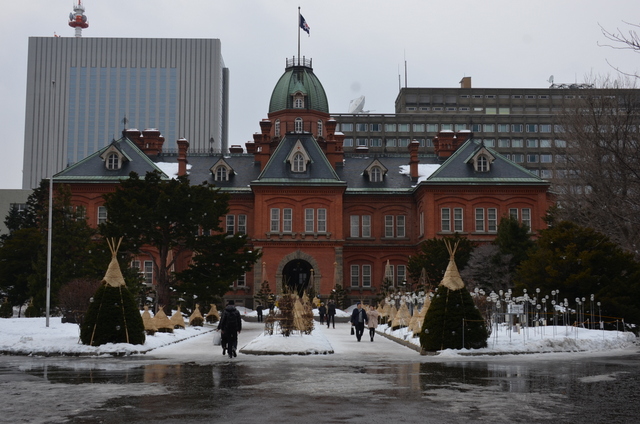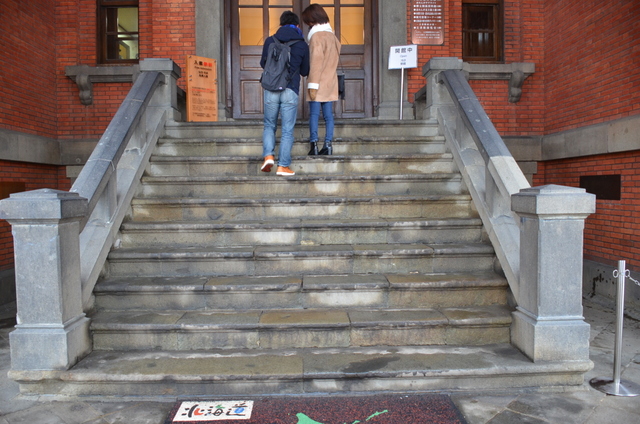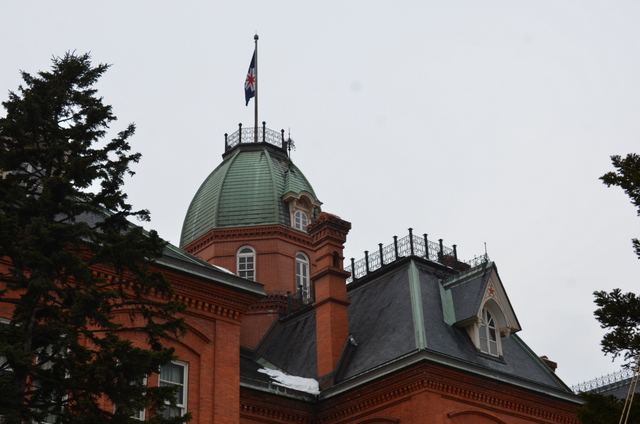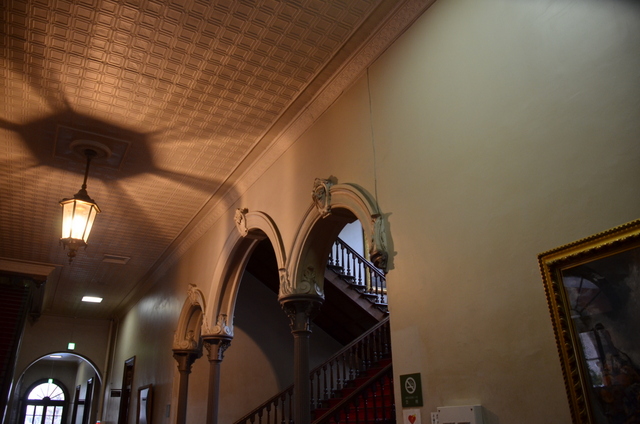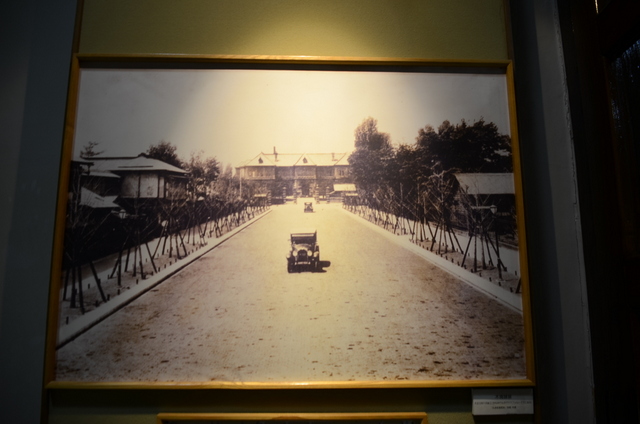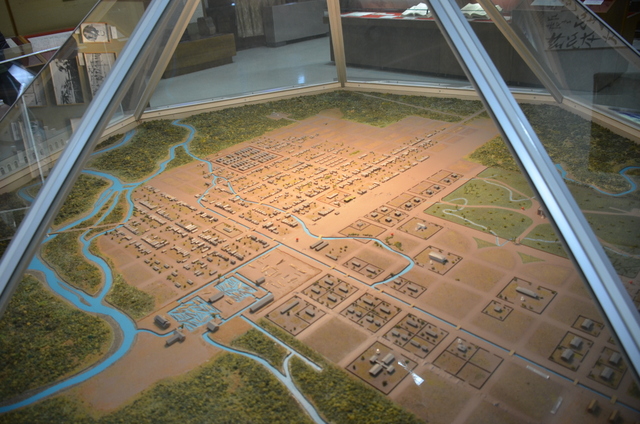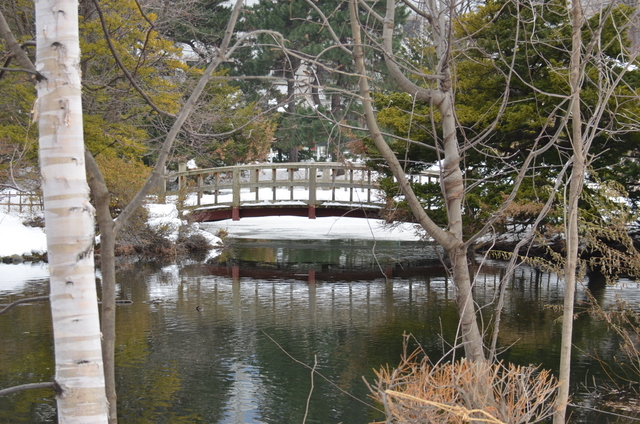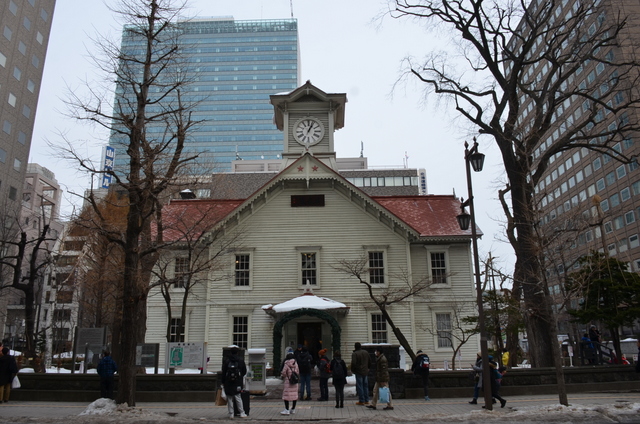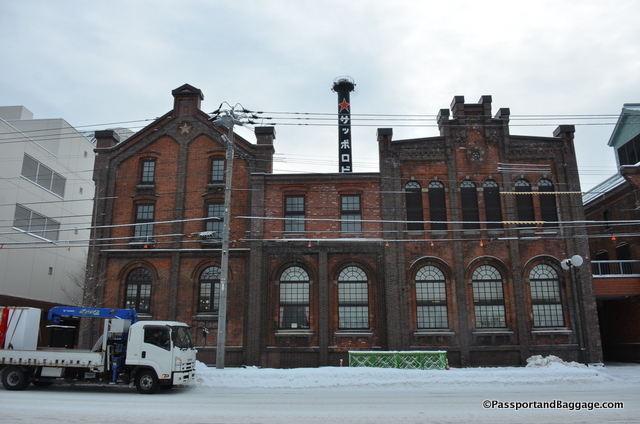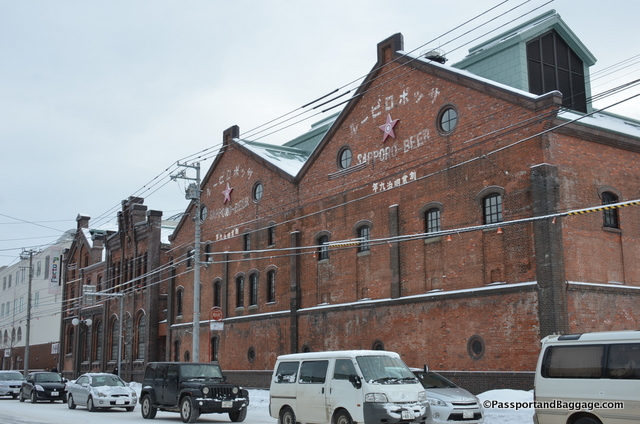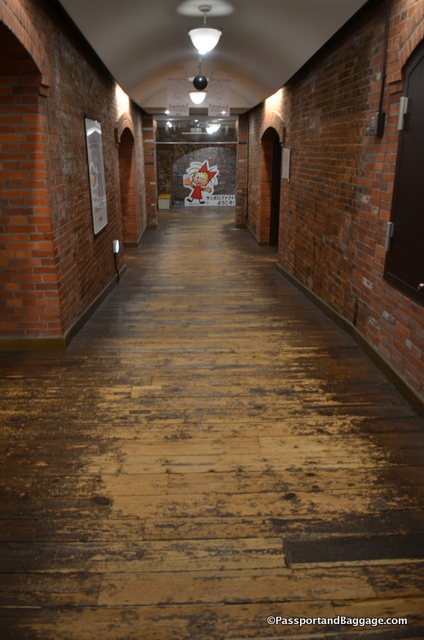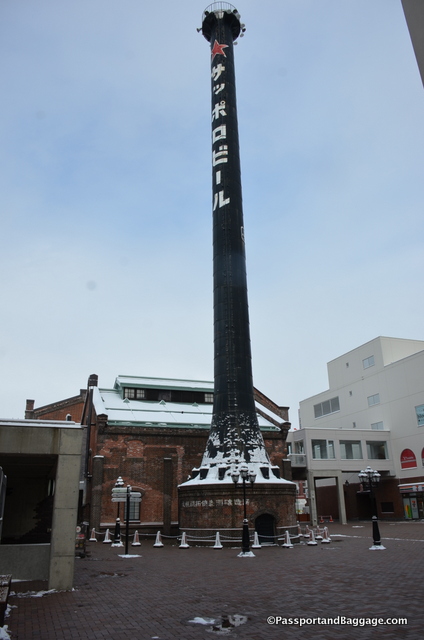December 2017
Getting around Hokkaido in the winter is not the easiest of tasks, so this trip is limited to Sapporo. There are lots of fun things to keep one busy if you dress warm and have patience.
After enjoying the Sapporo TV Tower and the lights in Odori Park, or the Snow Festival if you are here in February, there are several interesting historic places to visit.
Sapporo is a very new town. Its founding did not occur until the 1860s with a population of seven. The population did not pass one million until the 1970s and is still just under 2 million. After a total of 17.5 percent of the city was destroyed as a part of Allied air raids on Hokkaido during WWII, the area was developed as a food production area to help with the Japanese food shortages.
Their subway system was built in 1971, and they held the Olympics in 1972. Maria Callas sang her last opera in Sapporo in 1974.
For these reasons, there is not too much historical architecture.
The Former Hokkaido Government Building is nicknamed akarenga or “Red Bricks”. It is an American neo-baroque style Meiji era building designed in 1888 by a Hokkaido government engineer.
When built it was one of the largest buildings in Japan. The dome, constructed in 1873, was designed by American advisor to the Development Commission Horace Capron. Domes, at that time in history, were architectural symbols of independence, so when the Hokkaido Government was established in 1886 the first governor nostalgically added the dome.
The building burned down in 1909 and was restored in 1911. It was further restored in 1968 and now serves as a museum, art gallery, public space, and houses a research library.
The riser on the entry steps are exceptionally high, but the stone is gorgeous. There are air vents that look like chimneys and lightning rods, all parts of Western architecture. There are around 2.5 million bricks, made in Shiroishi and Toyohiro villages, now part of Sapporo. The French-style brickwork uses longitudinal and transverse bricks laid alternately. This is a rather rare form of masonry in Japan.
The entry and main hall are centered around this three section arch. The stairway typifies western architecture.
The road leading to the entry was the first paved road in Sapporo. It was laid in 1924 with bricks made of chemically treated elm.
The grounds are also surrounded by a lovely and rather large park.
Another building from the 1800s is the clock tower. Built in 1878 it is both a historic and cultural symbol of Sapporo. Originally called the Embujo – military drill hall, it served as that for the Sapporo Agricultural College (now Hokkaido University) the first agricultural institution in Japan. Invited by the government as the first Agricultural liaison, American Dr. William S. Clark, who at the time was president of the Massachusets Agricultural College came to Sapporo to be the Vice-president of the Sapporo Agricultural College. Clark designed the curriculum with its military training similar to that of his original school. The clock tower was actually designed by Clark’s successor William Wheeler as a military hall, it was later called the Clock Tower. It was Governor Kiyotaka Kuroda who actually proposed installing the clock, which was manufactured and purchased from the E. Howard Watch and Clock Company of Boston. This was added in 1881.
This very American, mid-west architecture is now a small museum with an entry fee of ¥200, and well worth the visit.
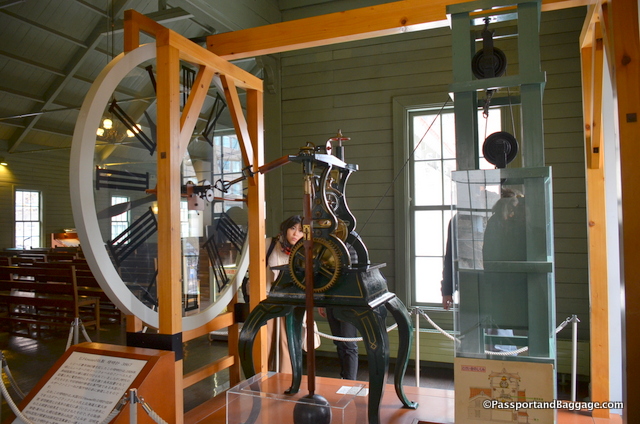
The clock in the tower is a weight-driven clock. That means a large weight, 110 pounds, in this case, is suspended from the clock and descends under the force of gravity at a calculated rate. When the weight reaches the bottom, in about 7 days, it is wound back up by a crank handle. These pictures are a replica of the clock and its workings.
This old brewery building is now just one of 7 buildings that make up the Sapporo Factory Shopping Mall.
At the beginning of the Meiji era, the Japanese government established various businesses in Hokkaido as part of a wider effort to colonize Hokkaido. One of these businesses was the Kaitakushi Brewery. This brewery leveraged Hokkaido’s abundant natural resources, including its cold weather, to produce beer. The first brewery building was made of wood and later enlarged with red brick as the beer became more popular. Even then the beer bore the iconic star mark of Sapporo.
In 1882, the Kaitakushi was abolished due to financial difficulties, and buildings built by the Kaitakushi were liquidated. In January 1886, the Kaitakushi Brewery belonged to the newly established Hokkaidō Prefectural Government. Privatized in 1887, Kaitakushi Brewery was renamed Sapporo Bakushu.
The Takashiro Nagayama residence is undergoing a complete restoration, so it was not available for viewing during my visit. However, it is a beautiful blend of Japanese and American architecture.
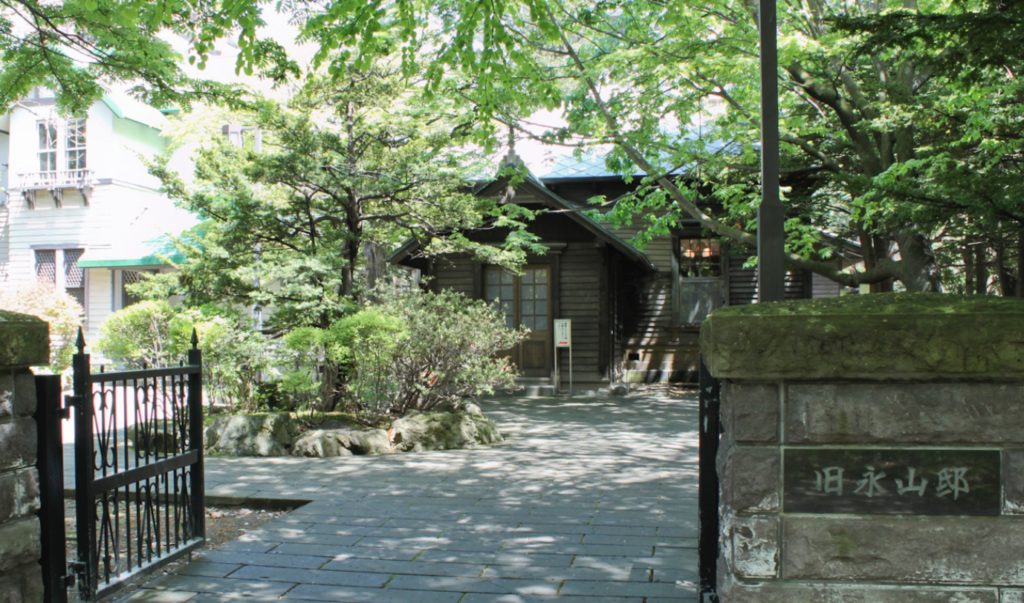 Built around 1880, this residence was built as the home of the second director of the Hokkaido Agency. The interior of the residence, which is surrounded by a garden full of azalea and Japanese yew trees, combines Western and Japanese architectural styles. A purely Japanese study, for example, connects to a Western drawing room. It is an early example of residences incorporating Western architectural technologies, which became popular during the Hokkaido pioneering period.
Built around 1880, this residence was built as the home of the second director of the Hokkaido Agency. The interior of the residence, which is surrounded by a garden full of azalea and Japanese yew trees, combines Western and Japanese architectural styles. A purely Japanese study, for example, connects to a Western drawing room. It is an early example of residences incorporating Western architectural technologies, which became popular during the Hokkaido pioneering period.
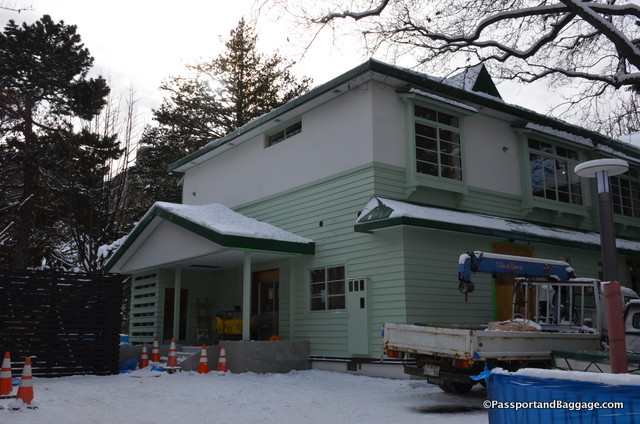 The two-story building on the north side of the property is a Western building that the Mitsubishi Mining and Cement Co., Ltd. built upon purchasing the residence after Nagayama passed away.
The two-story building on the north side of the property is a Western building that the Mitsubishi Mining and Cement Co., Ltd. built upon purchasing the residence after Nagayama passed away.
Sapporo has a vast array of lovely modern buildings and public parks, but their historical architecture, while spread throughout the city, is worth pursuing if you are an architecture fan.

